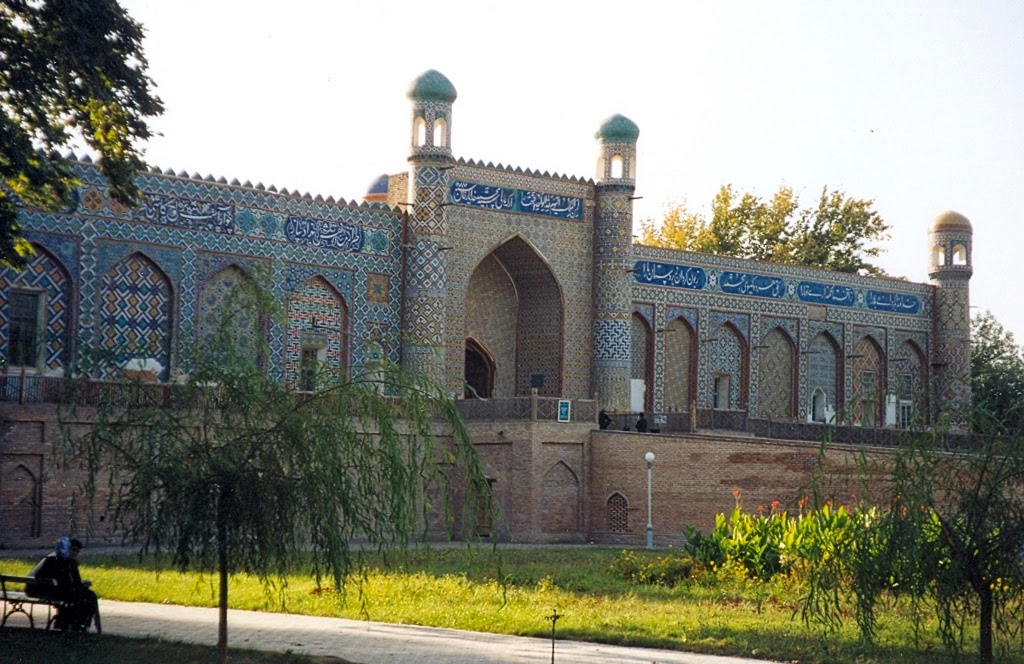SHARE WITH FRIENDS:
Fergana region - A region within the Republic of Uzbekistan. It was founded on January 1938, 15. It is located in the east of the republic, in the south of the Fergana valley. It is bordered by Namangan and Andijan regions in the north, Kyrgyzstan in the south and east, and the Republic of Tajikistan in the west. The area is 6,8 thousand km2. Its population is 3,317 thousand people (2012). It includes 15 districts, 9 cities (Besharik, Margilan, Rishtan, Fergana, Yaypan, Kuva, Quvasoy, Kokand, Hamza), 10 towns, 164 rural assemblies (2004). The center is the city of Fergana.

HISTORY
Fergana Gate
Notification: cv card
Notification: Malmö dating
Notification: sbo
Notification: union cvv2
Notification: ngeind̀wnxxnlịn̒ khonk̄hêābạiỵchī
Notification: Devops agencies
Notification: buy mushroom spores online
Notification: Thomas Adewumi University
Notification: I was reading this
Notification: marijuana
Notification: yeonghwa saiteu
Notification: Online medicatie kopen zonder recept bij het beste Benu apotheek alternative in Amsterdam Rotterdam Utrecht Den Haag Eindhoven Groningen Tilburg Almere Breda Nijmegen Noord-Holland Zuid-Holland Noord-Brabant Limburg Zeeland Online medicatie kopen zonder r
Notification: buy gummies
Notification: College Private in Iraq